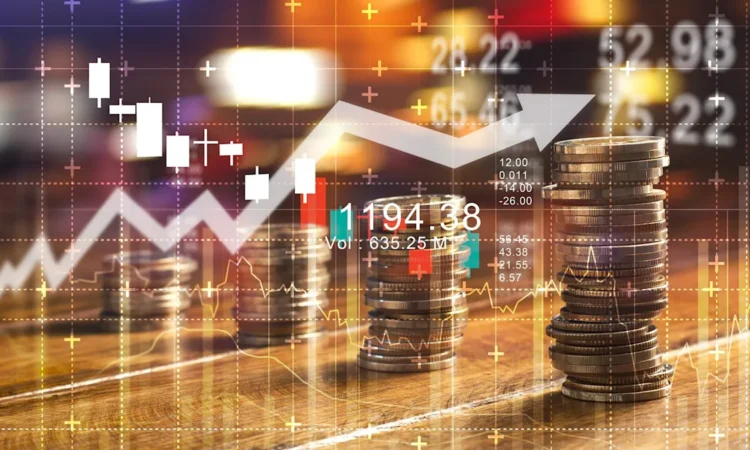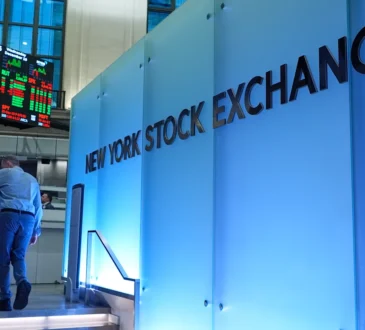I Asked ChatGPT What Will Happen To the Stock Market If the Fed Keeps Cutting Interest Rates: Here’s What It Said

Investors can’t stop watching the Federal Reserve this year as it continues slicing interest rates to stimulate the slowing economy. According to The Wall Street Journal, the latest rate cut pushed borrowing costs to their lowest point in nearly a decade, sparking both optimism and anxiety across Wall Street.
Discover Next: I’m a Self-Made Millionaire: Here’s How I Use ChatGPT To Make a Lot of Money
Read More: How Far $750K Plus Social Security Goes in Retirement in Every US Region
To better understand what might come next, I asked ChatGPT what continuous rate cuts could mean for the stock market — and its breakdown was surprisingly practical.
ChatGPT said, “When the Fed keeps cutting rates, it’s basically flooding the system with cheap money. That boosts growth at first, but too much of it can distort the market.”
Its analysis aligns with what economists have been warning for months: short-term gains could turn into long-term instability if stimulus goes too far or lasts too long.
When interest rates drop, borrowing becomes cheaper and demand tends to rise. Companies use the cheaper capital to expand or buy back shares, while consumers spend more freely. As Forbes explained, these are classic conditions for a short-term stock rally.
ChatGPT noted that, “Investors usually move money from bonds into stocks because yields fall and equities look more attractive.” That shift often fuels rallies in tech and consumer sectors. The New York Times recently reported that growth stocks have led market gains since the Fed’s first rate cut this summer, suggesting bullish momentum could continue as long as liquidity remains high.
Check Out: Why You Should Start Investing Now (Even If You Only Have $10)
Rate cuts aren’t inherently good or bad; what matters is the reason behind them. “If the Fed is cutting rates because inflation is easing and growth is stable, that’s generally positive,” ChatGPT said. “But if it’s doing so to fight slowing earnings or recession risk, investors should be cautious.”
That distinction reflects what Forbes contributor Bill Stone argued: Rate cuts that follow economic strength often extend bull markets, while those driven by distress can trigger volatility and reversals. As companies confront weaker demand, earnings could slip even as share prices stay inflated, a setup that rarely ends well.
Over time, persistent rate cuts can create more problems than they solve. ChatGPT compared it to “pumping oxygen into a fire — it burns hotter but also faster.” When money becomes too cheap for too long, valuations inflate beyond what fundamentals justify. “Eventually, you get bubbles in everything from stocks to real estate,” it said.



